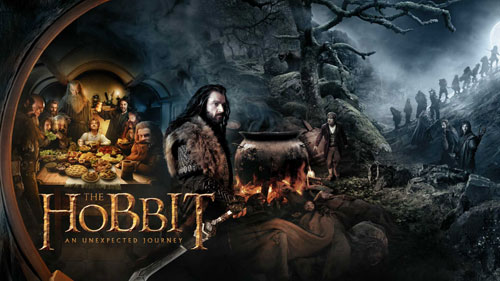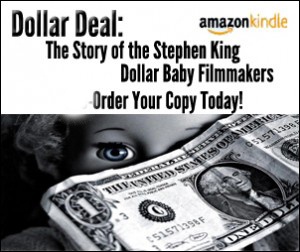Big news this week as Marvel announces its movie production schedule for the foreseeable future. One of the more interesting announcements is the fact that The Avengers: Infinity War will be broken up into two movies, released a year apart. This, of course, is a growing trend among high-budget film franchises, mostly as a way for Hollywood to squeeze more money out of a single project or as a way to stretch limited source material. So where did this trend originate and how has it evolved as a tool of storytelling and moneymaking? This week I take a look at some of the most anticipated upcoming projects, as well as some of the precedents that started the trend.
6. The Avengers: Infinity War (2018/2019)
As I typed the anticipated release years of Marvel’s epic conclusion to the infinity gem storyline arc, I have to admit to feeling a twinge of yearning. Now that we know what’s coming and when – even though we already inherently knew we would literally have years to wait – knowing has made the wait feel that much longer. On the plus side, we thought we were getting one awesome movie in the end, and now it turns out that we’re getting two – which is a very trendy move for Marvel to make, mind you. A franchise like the Marvel Universe of movies is unprecedented. Little did we know when the first Iron Man was released in 2008 what kind of detailed and intricate story was set in motion and just how interconnected that universe would be. The Infinity War marks the end of one era – or as Tony Stark puts it in the trailer, the end of the path he started them on – and hopefully begins a new wave of superhero tales.
5. Hunger Games: Mockingjay (2014/2015)
This is one of the most anticipated two part film series finales around. While the story may be simplistic, it is undeniably compelling and entertaining, and the films convey the unique setting and culture in which that story takes place incredibly vividly. But let’s be honest, if you didn’t read the books you’re mostly in it for Jennifer Lawrence, and that’s just not a bad reason. Lawrence is all the rage these days and for very good reason. Not only is she incredibly talented, but she’s maybe one of the strongest, most entertaining, most genuine, and openly flawed actors out there. And if nothing else, The Hunger Games is a very compelling example of a hugely successful female lead action film – so don’t tell me there’s no demand and that they don’t make money.
4. Twilight: Breaking Dawn (2012/2011)
I hate to use Twilight as an example of anything but insanity, but here you have a very good example of the Hollywood money grab at work. Twilight is interesting for how utterly simplistic and childish it is, and yet how convoluted the plot manages to be. This is perhaps one of the leading reasons the final book was made into two films, because the plot was so extravagant and grotesque that it couldn’t possibly be made into a single film. Then, of course, there’s the double box office pull that really puts a bow on the whole enterprise.
3. Harry Potter and the Deathly Hallows (2010/2011)
I have the misfortune of having had no interest whatsoever in reading the Harry Potter books as they were first being released. In fact, I still haven’t read them. But my brother and sister were obsessed, so when the movies came out I saw each of them once in the theater, right up to the end. This is perhaps one of the most prominent and earliest incidences of the two part movie finale (if you don’t count Pirates of the Caribbean II & III) and Hollywood really grabbed onto this simple money making scheme. Why have one movie that make a bunch of money when you can have two movies that make a bunch of money? Certainly coming to the end of a seemingly endless cash cow must have prompted a brainstorming meeting somewhere about how to prolong the flow of money.
2. The Hobbit (2012/2013/2014)
The Hobbit is probably the most blatant attempt at Hollywood money grabbing to date. Not only did The Hobbit start out as two movies – which was already more than it needed for the relatively short story to be told – but it was stretched to three movies later in the production process. Having seen the first two movies, I can say a lot of it seems to be majestic panning shots of the beautiful New Zealand countryside with some actual scenes thrown in to break it up. Even when they’re running from something, New Zealand seems to dominate the screen. What I’m saying, is that there’s actually quite a lot of filler thrown into these movies to pad it out and play for time. Plus, Peter Jackson added a lot of stuff that was never in the book to begin with.
1. Kill Bill (2003/2004)
This is the earliest example of this sort of thing that I could think of, except unlike the rest of these movies, Quentin Tarantino wanted Kill Bill to be one single movie rather than the two-volume epic it turned into. Of course, Americans don’t really like watching four hour movies, so he was forced to cut it into two and then release them separately. The two films separately very likely made more money than they would have as a single combined film, so maybe Hollywood took a lesson from that and started plotting ways to break their movies into volumes.












